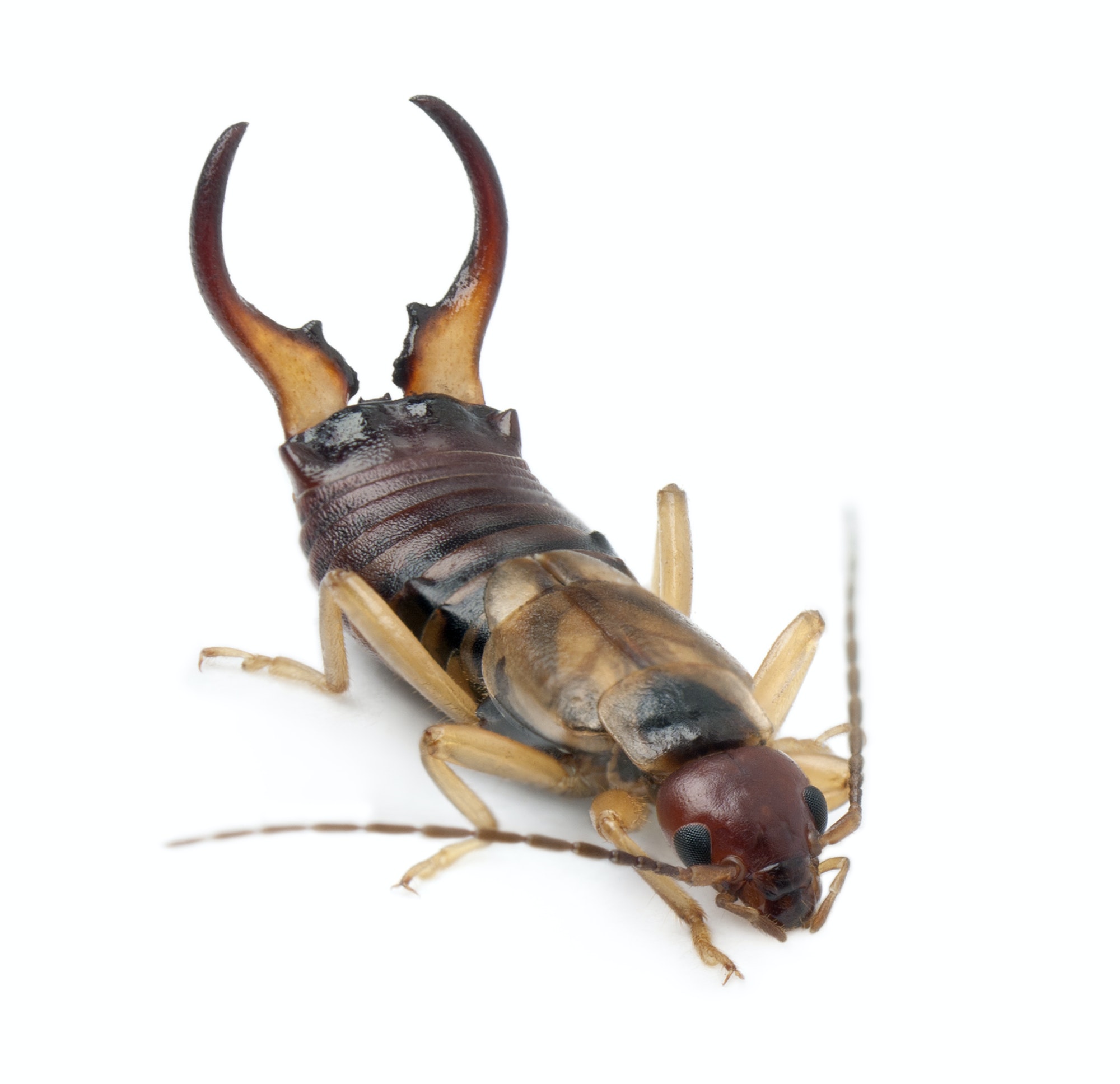Menu
Occasional invaders are pests that, as their name suggests, do not typically infest homes and buildings. Instead, they often live outside and venture indoors on occasion. While they may not cause as much damage as other types of pests, occasional invaders can still be a nuisance for homeowners. Some common occasional invaders include centipedes, earwigs, millipedes, and silverfish, among others. These pests can be especially problematic during the cooler months when they may seek shelter from the cold.
While occasional invaders may not pose a significant threat to human health or property, they can still cause discomfort and anxiety for homeowners. Some of these pests can bite, sting, or release unpleasant odors, making them particularly unpleasant to deal with. Additionally, having occasional invaders in your home may attract other unwanted insects and wildlife to the area, leading to more serious pest control problems down the road.
That’s why it’s important to enlist the help of a professional pest control company to identify and treat any occasional invader problems you may have. Professional pest control technicians can accurately identify the species of occasional invaders and determine the best course of action for eliminating them from your home. They can also offer advice on how to prevent future infestations, such as sealing cracks and gaps in your home’s exterior to prevent pests from entering.

Sowbugs and pillbugs are not insects, but crustaceans. They are found worldwide and are the only crustaceans that have adapted to spending their whole lives on land. They are oval shaped with a multi jointed exoskeleton. The distinguishing feature between the two creatures is the pillbug’s ability to roll into a ball. They prefer damp, dark places to hide and sometimes invade damp basements and first floors of houses. An interesting fact about them is they give birth to live young.

The brown recluse is a brown spider with a violin shaped marking on its abdomen. They will invade houses looking for insects to feed on. They possess a powerful venom, but normally do not bother humans unless we bother them. In most cases bites are caused by unintentional contact by humans. Bites are usually painless causing soft skin necrosis up to two hours after the bite happens. These spiders can be mistaken for the common house spider, whose venom poses no threat to humans.

The black widow is a famous spider with a shiny black body and red hourglass-shaped marking on its underside, which serves as a warning sign of its venomous bite. They spin webs in areas such as woodpiles, basements, and crawlspaces to catch insects, and are generally not aggressive unless threatened. Despite their reputation, most spider species are beneficial and help control other pests such as flies and mosquitoes. Exterior treatments to control other insects are recommended to prevent spider invasions.

The House Centipede is a common sight in North America, especially in damp indoor locations, and is known for its incredible speed and predatory nature. They may also be found outdoors in warmer climates. They are recognizable by their black and yellow to white coloring, striped body, and 15 pairs of banded legs. Despite their appearance, House Centipedes are actually beneficial in controlling other pests such as cockroaches and moths. They are often found in areas such as bathtubs, crawlspace, and near porch lights, and can move extremely fast with their bodies held high above the ground.

The European Earwig is the most common pest species around homes and gardens. They are black to brown, ½” to ¾” long with a flattened body featuring a pair of curved pincers on their rear end. They are nocturnal, hiding in dark cracks and crevices during the day and are active hunters and scavengers, entering buildings in search of food. They are true omnivores and damage flowers, fruits and vegetables by feeding on the shoots of these plants. They have no natural enemies other than man in North America and therefore are growing in numbers. A common myth about earwigs is that they crawl into your ears while you sleep and lay eggs in your brain. Sometimes a change of your exterior environment can be your best help.

Stink bugs are insects that are common in rural areas as they tend to infest fruit trees in orchards. They get their name from their ability to produce a rank odour when threatened. In the fall they enter homes and go into hibernation. Warm temperatures in homes may bring them out of their hibernation causing them to fly clumsily around light fixtures.

Boxelder bugs, which are commonly found in North America, belong to the Rhopalidae family of insects. They are named after the boxelder tree, as this tree is one of their preferred hosts for feeding and laying eggs. These bugs are identifiable by their black bodies with striking red or orange markings on their wings, and they are approximately half an inch long. In the fall, Boxelder bugs can be a nuisance as they search for warm overwintering sites and often invade homes and other structures in large numbers. Although they are not harmful to humans or pets, their presence can be unsightly and bothersome.